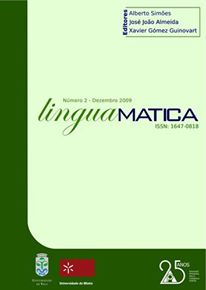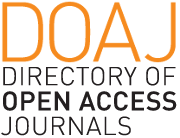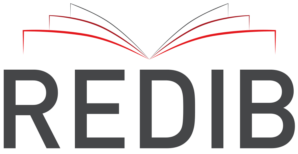Towards a computational semantics for demonstrative anaphors
Abstract
Demonstratives exhibit a dual nature with respect to their discourse behavior. On the one hand, they behave as directly referential elements commonly accompanied by a pointing gesture in their canonical use. On the other hand, speakers make use of demonstratives to refer to a range of entities that have been previously mentioned in discourse (discourse anaphora), such as events, propositions or any other type of abstract entities apparently lacking any kind of spatio-temporal anchoring. In this paper, we propose a characterization of Spanish demonstrative determiners and pronouns as generalized quantifiers, which will allow us to account for their heterogeneous referential nature and the principal differences among these elements.
Authors who publish with this journal agree to the following terms:
- Authors retain copyright and grant the journal right of first publication with the work simultaneously licensed under a Creative Commons Attribution License that allows others to share the work with an acknowledgement of the work's authorship and initial publication in this journal.
- Authors are able to enter into separate, additional contractual arrangements for the non-exclusive distribution of the journal's published version of the work (e.g., post it to an institutional repository or publish it in a book), with an acknowledgement of its initial publication in this journal.
- Authors are permitted and encouraged to post their work online (e.g., in institutional repositories or on their website) prior to and during the submission process, as it can lead to productive exchanges, as well as earlier and greater citation of published work (See The Effect of Open Access).













